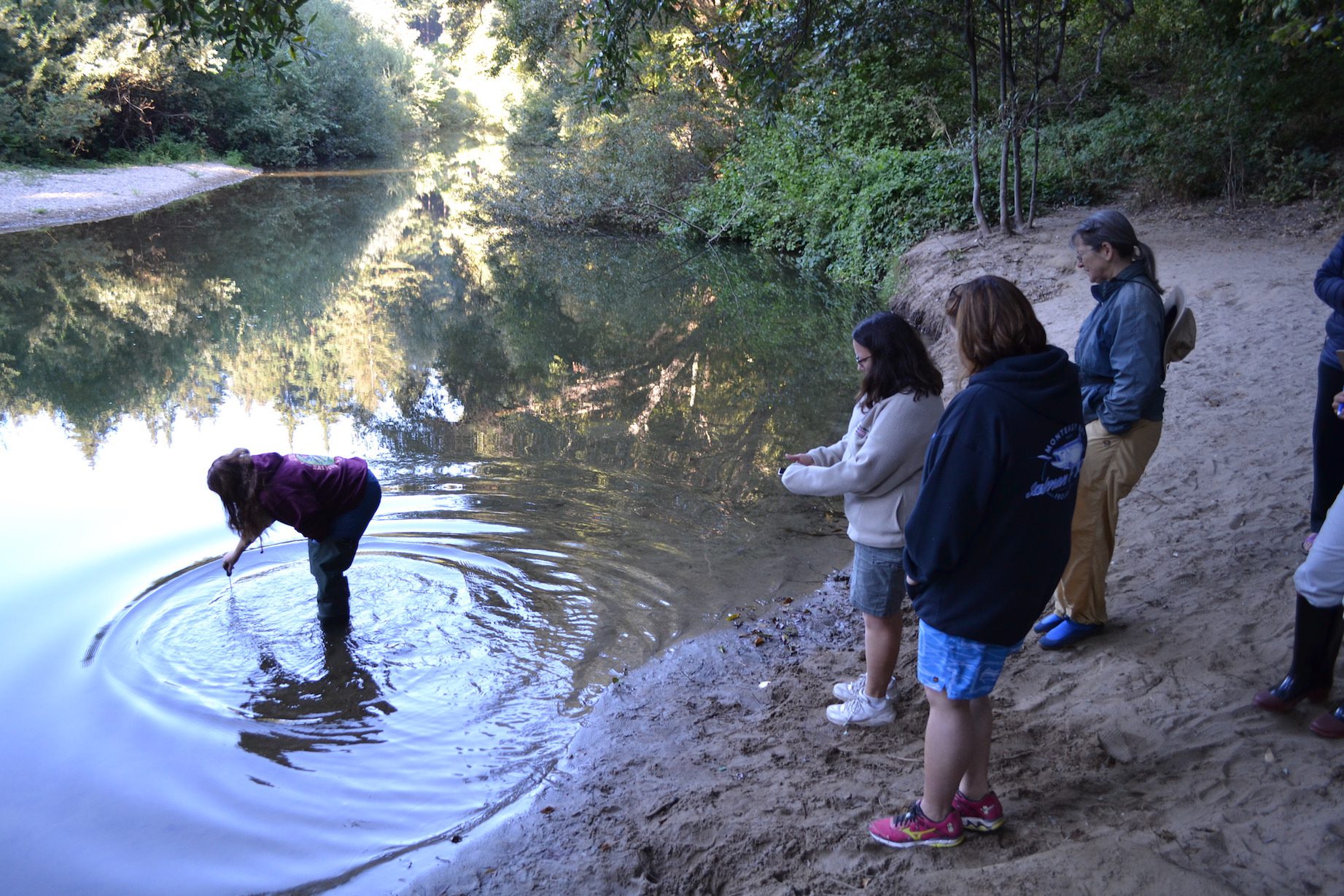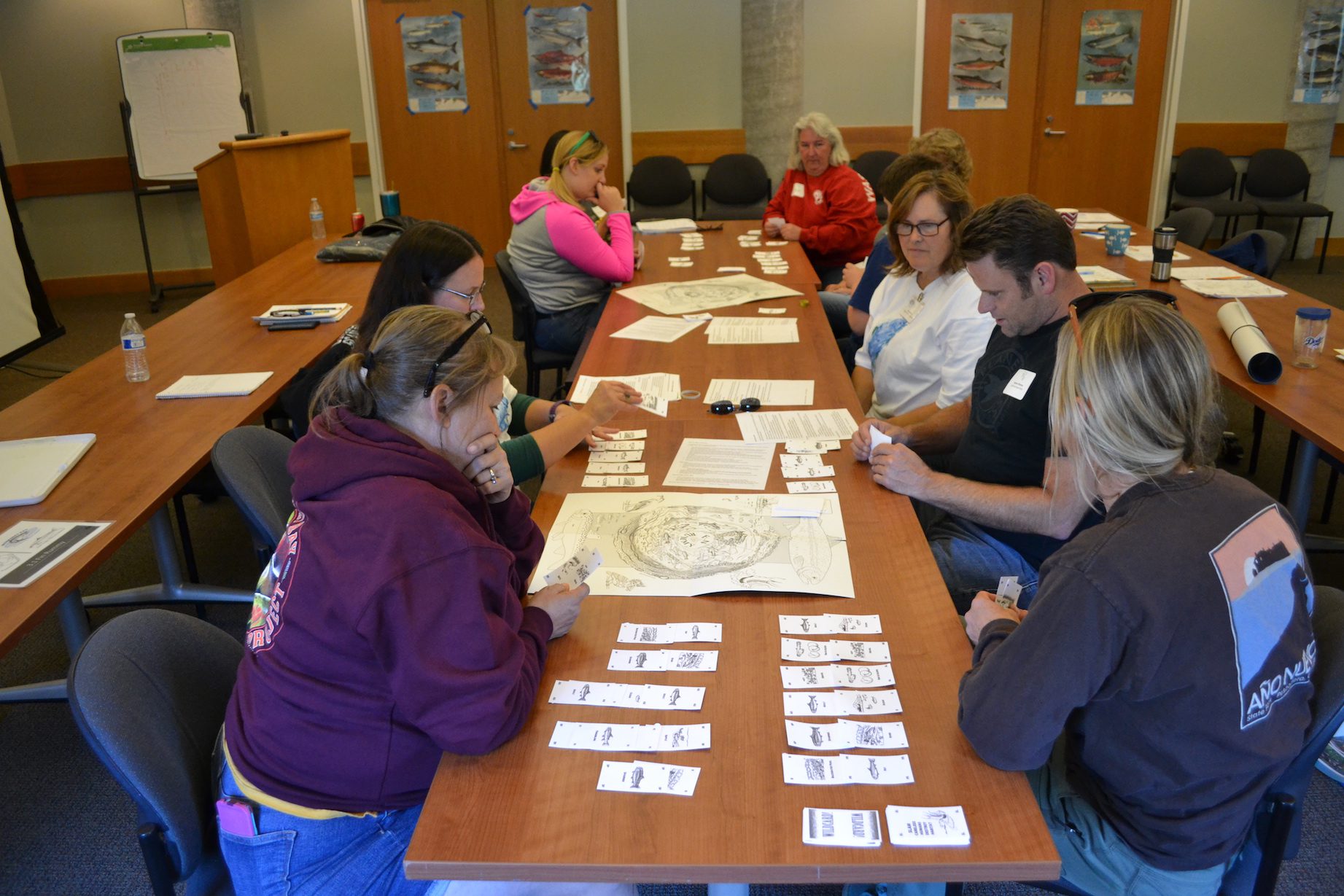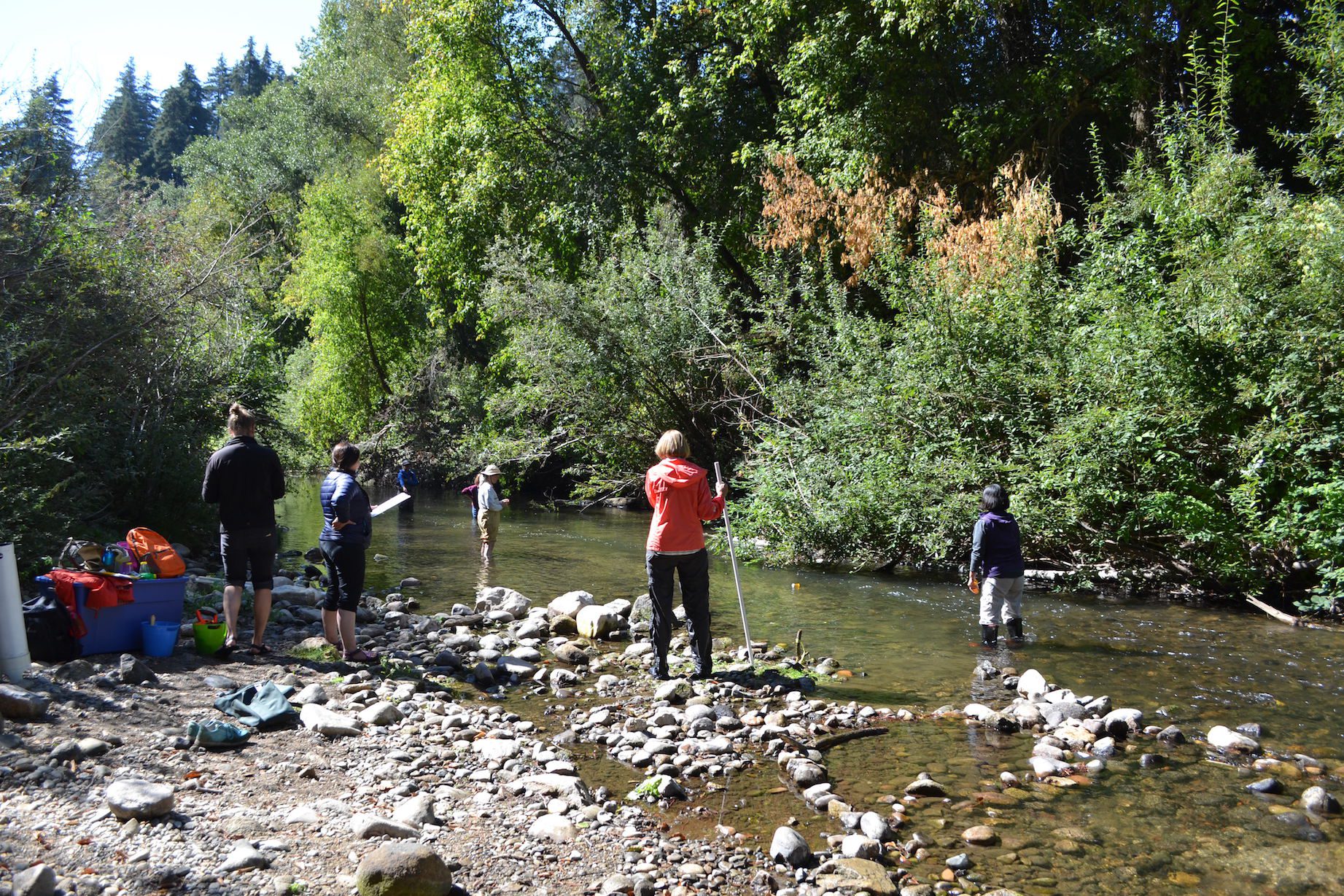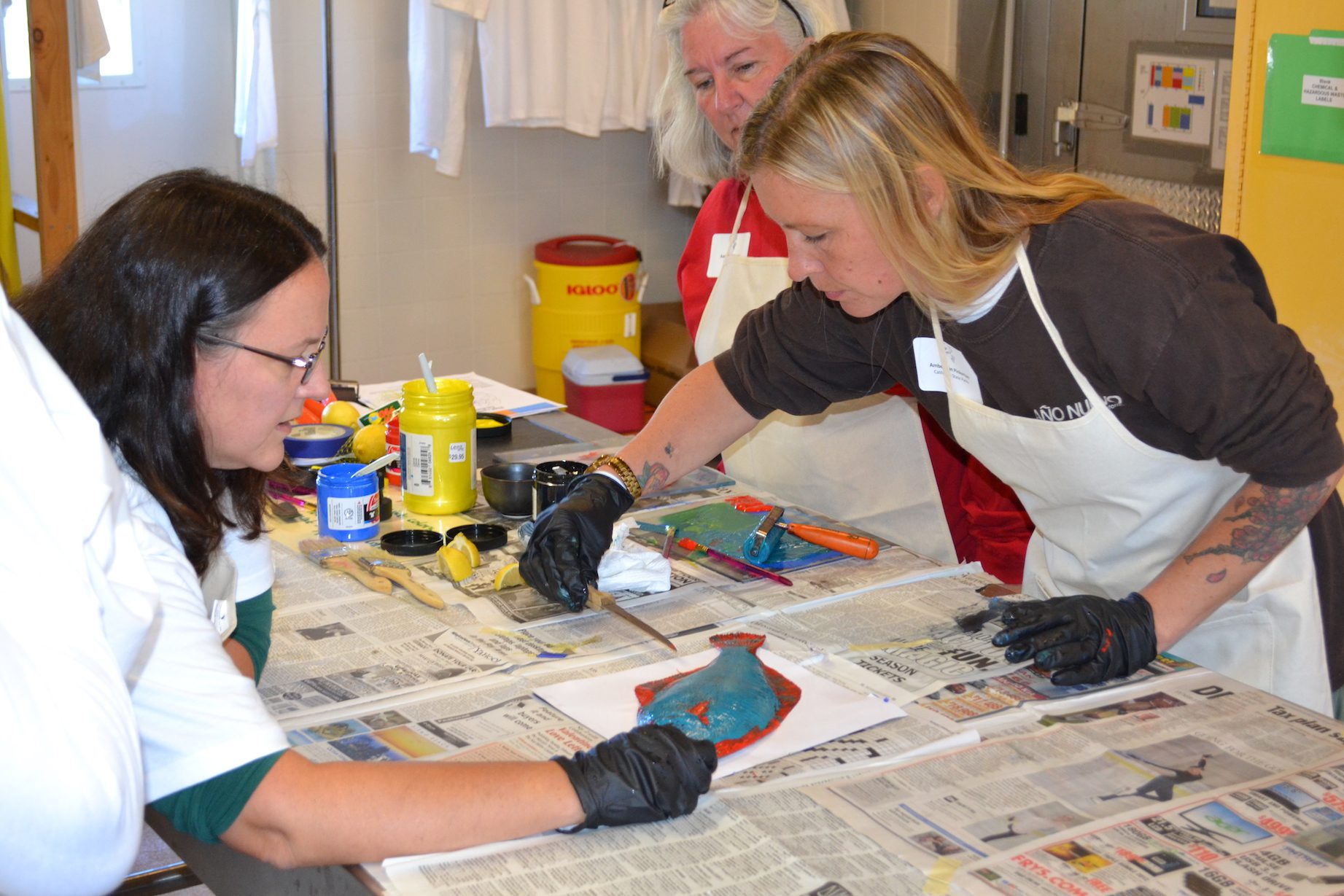Wednesday October 10, 2018
When it comes to teaching young students complicated ecological concepts, such as life cycles, food webs, and evolutionary adaptations, salmon make an ideal teaching tool. These remarkable fish link ecosystems together, display an amazing ability to adapt to different environments, and play an important role in the health of a watershed. An appreciation for the teaching potential of these fish led the Monterey Bay Salmon and Trout Project to develop their Salmon and Trout Education Program (STEP).
Founded in 1976, the Monterey Bay Salmon and Trout Project is a non-profit organization that strives to restore and enhance the native salmon and steelhead populations of the greater Monterey Bay area. To help accomplish this mission, they operate a conservation hatchery that has produced more than two million Coho salmon and steelhead for release into streams in the region, but their efforts don’t stop there. Aiming to build a connection between younger generations and the watersheds in which they live, project volunteers developed the STEP curriculum. This program involves training teachers in a series of hands-on science lesson plans that use salmon and streams in the region to teach students about ecology, biology, and chemistry, and to promote environmental stewardship in the process.
FISHBIO’s Santa Cruz office recently volunteered at a recent STEP training, where participating teachers stepped out of their normal role and became the students. The first portion of the training focused on modules that could be taught in the classroom, but rather than a traditional lengthy lecture approach, the lessons let the students lead the discussion. This also involved playing games to learn about the challenges salmon face over the course of their life cycle, observing and recording the behaviors of live fish, and even creative activities like gyotaku (Japanese fish printing). The second part of the training allowed the students to become field biologists by getting them out in the stream. Field lessons included taking measurements of water quality, surveying a stream for invertebrates, and making observations about what might make a habitat good or bad for the animals and plants that live in it. In addition to the lesson demonstrations, trainers also provided tips for managing groups in outdoor settings and offered to help the teachers perform field studies with their classes in the future.
STEP training began in the mid-1980s, and since then nearly 100,000 students in the region have learned about aquatic ecology through STEP lessons and gained first-hand experiences studying the ecosystems in their own backyards. Many graduates of the program have even gone on to careers in aquatic resource conservation. But even if every student doesn’t become a fish biologist, conservation requires teamwork by people from all backgrounds, and encouraging young people to connect with their local watersheds and the fishes that rely on them helps to build that team. Teachers interested in participating and volunteers interested in assisting with STEP training can contact the Monterey Bay Salmon and Trout Project.




